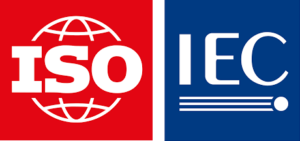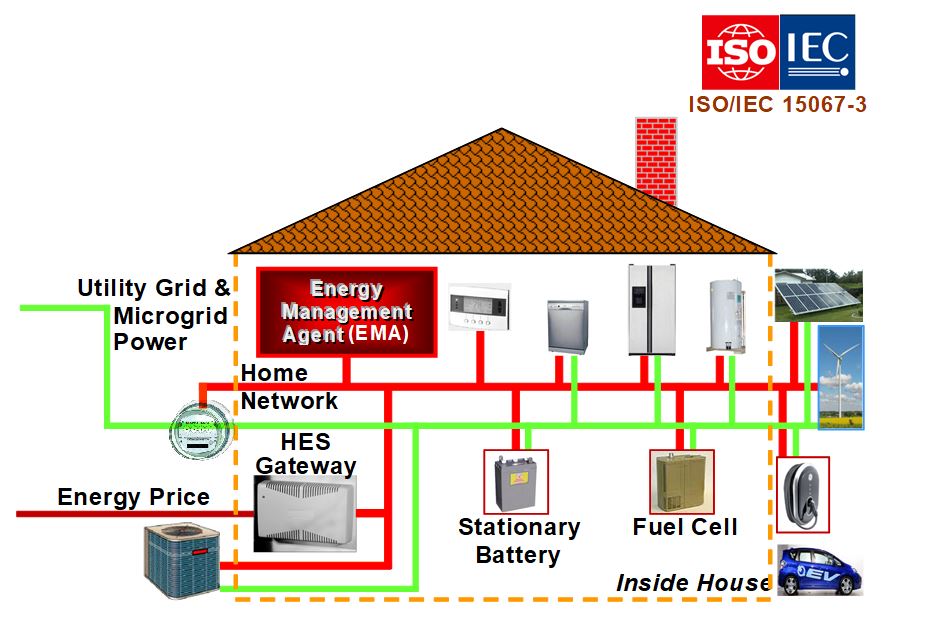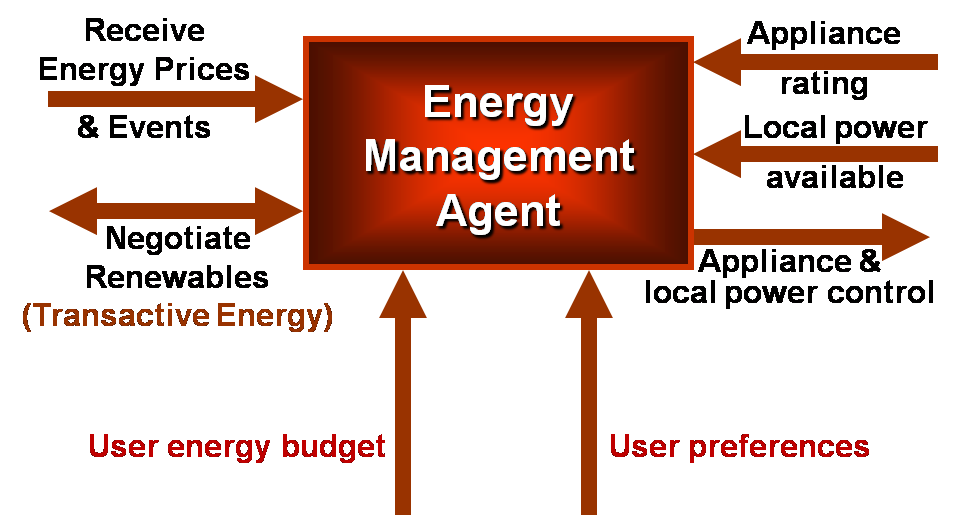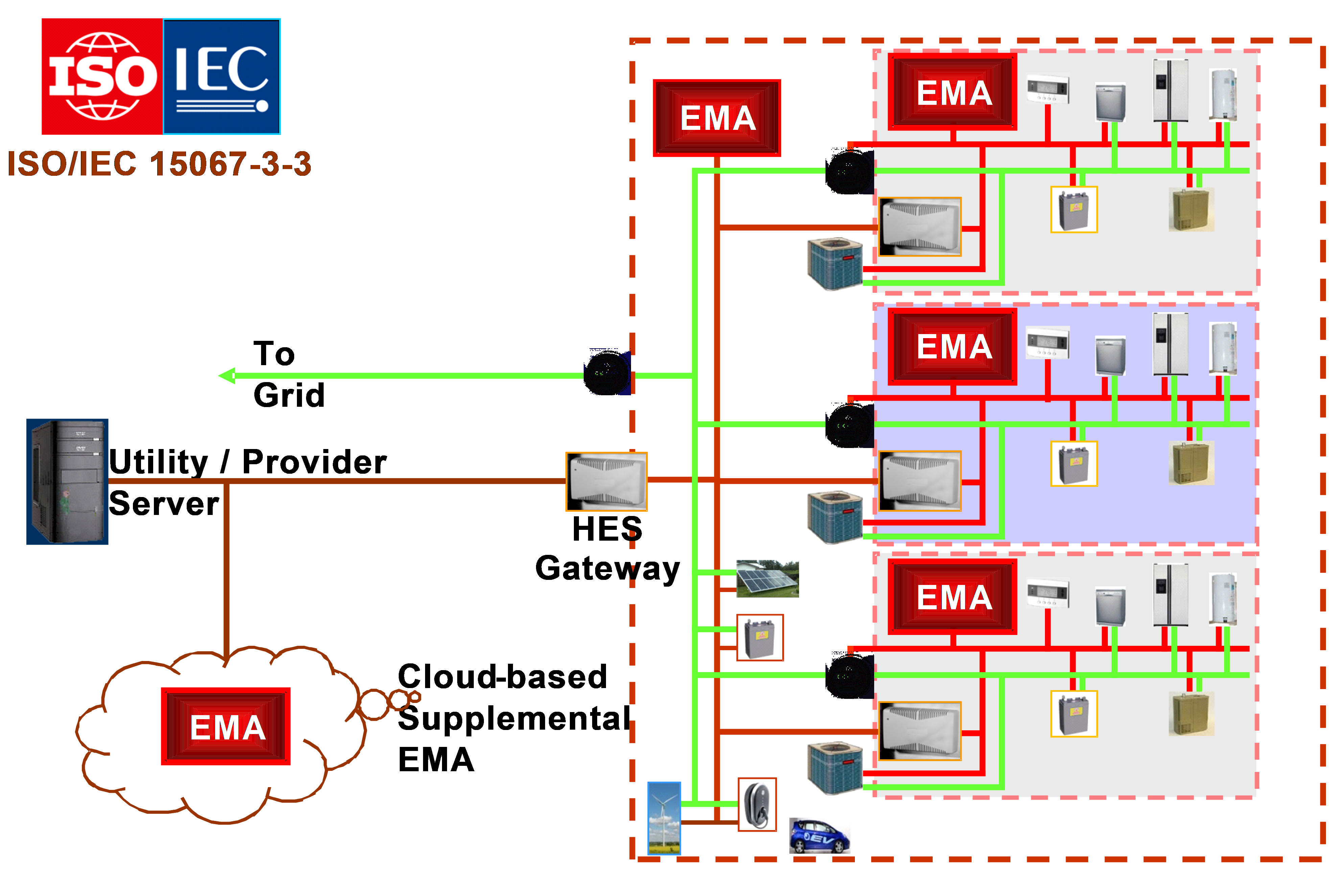This is the third article in a year-long series that premiered in November 2021 on international standards for energy management. These standards support the transformation of the power grid from centralized generation to distributed energy resources including local solar, wind, and stored energy in homes and buildings.
 These are voluntary industrial standards developed to promote world trade by a committee I chair for ISO1 and IEC2. They are part of a family of standards for interconnected consumer electronics (home automation) called the “Home Electronic System” (HES) 3. I welcome your comments and participation in developing these standards; please visit kenwacks.com for contact data.
These are voluntary industrial standards developed to promote world trade by a committee I chair for ISO1 and IEC2. They are part of a family of standards for interconnected consumer electronics (home automation) called the “Home Electronic System” (HES) 3. I welcome your comments and participation in developing these standards; please visit kenwacks.com for contact data.
The EMA: Automated Energy Management
In the December 2021 ASHB Journal article on Shifting Energy Management from Utilities to Users, I introduced the international standard Energy Management Agent (EMA) to provide energy management automatically for users. The EMA standard helps users allocate electricity from local sources (such as solar, wind, storage) and from the electric grid to appliances according to user preferences, tempered by the user’s budget. This article explores the functions of the EMA and how these functions can be presented to a user as clear choices.
Functions of the EMA
As I explained in the previous article, the Energy Management Agent (EMA), specified in ISO/IEC 15067-34 is a new intelligent computing element that manages electricity from the following sources, as shown in Figure 1:
- Locally generated power from solar, wind, etc.
- Locally stored power from a battery (stationary or mobile).
- External power from a microgrid, a prosumer (a consumer with excess power produced by local sources), an energy-service provider, or a public utility
The EMA may switch energy sources from the public grid to local generators or a battery.

Figure 1 – Energy Management Agent (EMA)
Information about external power sources including availability and pricing data are sent electronically to the EMA in real-time over a network such as the Internet or a radio broadcast network. These data enter the house through the HES Gateway. This gateway interconnects a public network using telephone, cable TV, power lines, or radio with a home network. Figure 1 illustrates the gateway as a separate device. Alternatively, it could be integrated with other gateways, controllers, or even inside consumer electronics.
The EMA determines how and when to operate appliances based on the data flows shown in Figure 2: cost of energy, the energy requirements of the appliances, the availability of locally generated power and user inputs. The user enters preferences into the EMA for appliance operation, budget, and any other constraints for energy conservation. For example, the user might specify a monthly energy budget of perhaps $100 per month and preferences such as showering at 8 AM, air conditioning at 6 PM, clothes washing at 8 PM, etc. In addition to budget constraints, the user might want power from renewable sources whenever possible. After processing these data, the EMA issues signals that are distributed over a home network to the relevant appliances. However, the user can override decisions of the EMA.

Figure 2 – Energy Management Agent (EMA) inputs & outputs
The EMA acts an intelligent agent for the user. It is programmed with artificial intelligence (AI) algorithms to optimize appliance performance while meeting user-imposed constraints. Smart appliances that can operate in energy conserving modes may improve the effectiveness of this energy management system. With smart appliances the EMA could switch these appliances into a conservation mode rather than curtailing them. An EMA includes application software that might be located in a dedicated controller, in the HES Gateway as an application service, in a personal computer, a cable TV set-top box, or a security system.
Communications between an external energy provider and the EMA comprise data about the cost of energy and any unusual events requiring a change in demand. These data are sent by the energy service provider via the HES Gateway, which includes cybersecurity protection for the premises to ensure that the data originated from the energy service provider. This level of security entails authentication to confirm that the data are from the real source and have not been altered during transmission. It is not usually necessary to encrypt such data since pricing and event data are often public.
The EMA concept and architecture are a consumer-centric approach to the generation and distribution of electricity. The EMA offers consumers personalized control of energy consumption, which is not practical from a centralized utility demand-management program. The home or building is no longer just a utility rate-payer, but an autonomous entity that generates, uses, and stores energy – like a recreational vehicle or a boat. EMA-based premises can be interconnected to form a microgrid, which in-turn could be interconnected to form a community web of microgrids that provide mutual support through Transactive Energy.
From this perspective, energy management focuses on managing local resources on premises, and the grid becomes an alternative power source to be used primarily for storage – like a battery to be charged and discharged. With the widespread incorporation of new premises energy resources (e.g., solar and wind), every home and building could become a generator, user, or store of energy. This energy can be managed first locally (i.e., within the premises), and then within the community, and finally, within the overall grid – or as a part of a semi-autonomous “microgrid,” or network of microgrids. Such a perspective greatly reduces the demands on the grid and simplifies the overall control problem. Local energy management also enhances the opportunity to protect customer privacy and security.
This perspective for energy management does not rely on the utility-fed electrical grid. In some situations consumers may not even utilize any external electrical grid connections, with their premises operating completely “off-grid.” Alternatively, the home or building may operate in coordination with other premises on a neighborhood electrical grid (or microgrid) to share resources in a community or to trade resources using Transactive Energy. This is done without necessarily revealing the user’s private information about energy generation and consumption.
EMA in an apartment complex
The EMA concept has been extended to a campus-like complex consisting of multiple apartment buildings. Each apartment has an EMA, as does each building. An overall EMA for the complex may be located on premises or in a remote server. This is noted in Figure 3 as a “Cloud-based Supplemental EMA.”

Figure 3 – Apartment complex EMAs
The architecture for multiple interconnected EMAs is specified in ISO/IEC 15067-3-35. ISO/IEC 15067-3-306 specifies functional requirements and reference interfaces for interconnected EMAs. An application-layer protocol for messages communicated among EMAs is specified in ISO/IEC 15067-3-317.
EMA and Transactive Energy
The functions of the EMA can support Transactive Energy. Transactive Energy blurs the distinction between power producers and power consumers. Consumers with excess locally-generated power from solar panels and wind turbines can sell the excess to buyers who may live in a nearby house or manage an office building in the community. There are many technology and business issues to be resolved before Transactive Energy becomes a reality. Among these are:
- A marketplace for buyers and sellers of power to find each other.
- A financial system to price electricity delivered now (spot market) or later (futures market).
- A delivery pathway from seller to buyer, such as using the existing distribution grid.
- A possible transport price for using the distribution grid or a private grid.
- A system with data security for settling (paying for) transactions.
- A legal framework to allow Transactive Energy (generally not permitted now).
Consumers will probably not be involved in trading power like stocks and bonds. Automation will act as agents for residential users and building managers. Such functions could be built into the EMA thereby expanding the options for locating power to meet customer preferences within the customer’s budget and other constraints. As shown in Figure 2, Transactive Energy data would be an additional source of external energy data for the EMA allocation algorithm.
User benefits of the EMA
Consumers may cooperate with utility programs for conservation and load shifting in the short run if they perceive there is a crisis. However, in the long run effective energy management should be an automatic daily activity that integrates with appliance operation. To reach this goal with a high level of adoption requires an operating scenario that is almost invisible so it does not interfere with consumer comfort and convenience. This is the objective of the EMA standard.
The EMA is intended to relieve the user of learning technical details. Instead of engineering parameters such as kWh and market tenders for Transactive Energy, consumers are presented with a few choices. Whether these choices resulted from a simple demand response program or a complex market-based Transactive Energy system is not important to the consumer. Complex technology solutions pervade our daily lives. The best technology delivers useful functions without the user aware of the complexity. The EMA offers consumers a simple system for energy even with the advent of price fluctuation and Transactive Energy.
Energy management tailored to the needs, values, and budget of the consumer is the reason for combining the local intelligence of an EMA and a home network. A properly designed energy management system can achieve user cooperation provided that it seamlessly blends energy supply data from local and public sources with automation embedded in appliances or appliance agents, and a simple user interface. The decisions are simple, while consumer privacy and convenience are not compromised. As a result, buying energy becomes no more complex than shopping at a store.
The following scenario is an example of how a user might interact with a system that incorporates an EMA for energy management. It is 4 PM and the user is about to run the dishwasher. The options in Figure 4 might appear on an appliance display panel.

The user makes a simple decision based on criteria that are understandable: “Do I need the dishes cleaned in the next three hours (perhaps for a dinner party at 7 PM), or can I wait and save some money?” This makes buying energy as simple as shopping at a retail store.
Most technology products including consumer electronics are very complex, built around a microprocessor and memory, programmed with intricate firmware and software. Yet we strive to deliver a simple user experience. The objective is to hide the complexity while making the operation transparent so the user understands the options and the outcomes, without needing to know how the functions are accomplished. I will present an overview of the data and algorithms for effective EMA operations in the next article.
1. ISO is the International Organization for Standardization, founded in 1947, www.iso.org.
2. IEC is the International Electrotechnical Commission, founded in 1906, www.iec.ch. Both ISO and IEC are headquartered in Geneva, Switzerland.
3. The Home Electronic System (HES) is the name of the international standards committee officially designated as ISO/IEC JTC 1/SC 25/WG 1:
JTC 1 = Joint Technical Committee 1, entitled Information Technology
SC 25 = Subcommittee 25, entitled Interconnection of Information Technology Equipment
WG 1 = Working Group 1, entitled Home Electronic System
4. ISO/IEC 15067-3:2012, Information technology – Home Electronic System (HES) application model – Part 3: Model of a demand-response energy management system for HES.
5. ISO/IEC 15067-3-3:2019, Information technology – Home Electronic System (HES) application model – Part 3-3: Model of a system of interacting Energy Management Agents (EMAs) for demand response energy management.
6. ISO/IEC 15067-3-30, Information technology – Home Electronic System (HES) applications model – Part 3-30: EMA functional requirements and interfaces.
7. ISO/IEC 15067-3-31, Information technology – Home Electronic System (HES) application model – Part 3-31: Protocol of Energy Management Agents for demand response energy management and interactions among these agents.
© Copyright 2021 Kenneth P. Wacks
Dr. Kenneth Wacks has been a pioneer in establishing the home systems industry. He delivers clear and practical advice to manufacturers and utilities worldwide on business opportunities, network alternatives, and product developments in IoT and AI for home and building systems. The United States Department of Energy appointed him to the GridWise® Architecture Council to guide the electric industry toward smart grids. For further information, please contact Ken at +1 781 662-6211; [email protected]; www.kenwacks.com.


